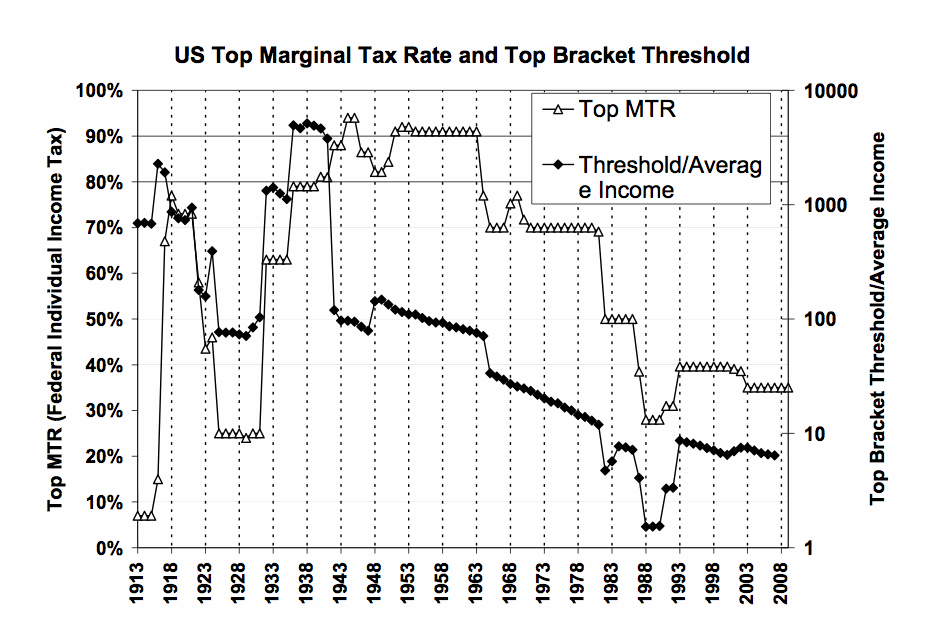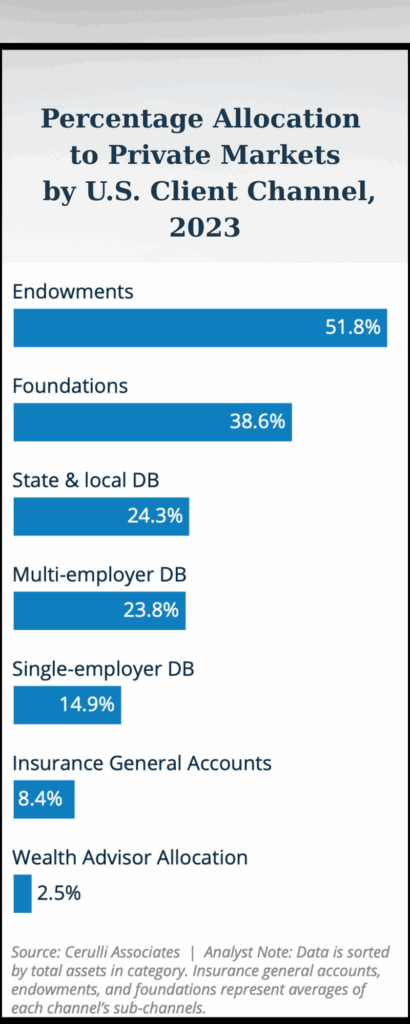
Suppressed Report Discredits “Supply-Side” Economics
"The reduction in the top tax rates have had little association with saving, investment, or productivity growth," said a September 14 report that was posted on the Congressional Research Service website but withdrawn two weeks later.



